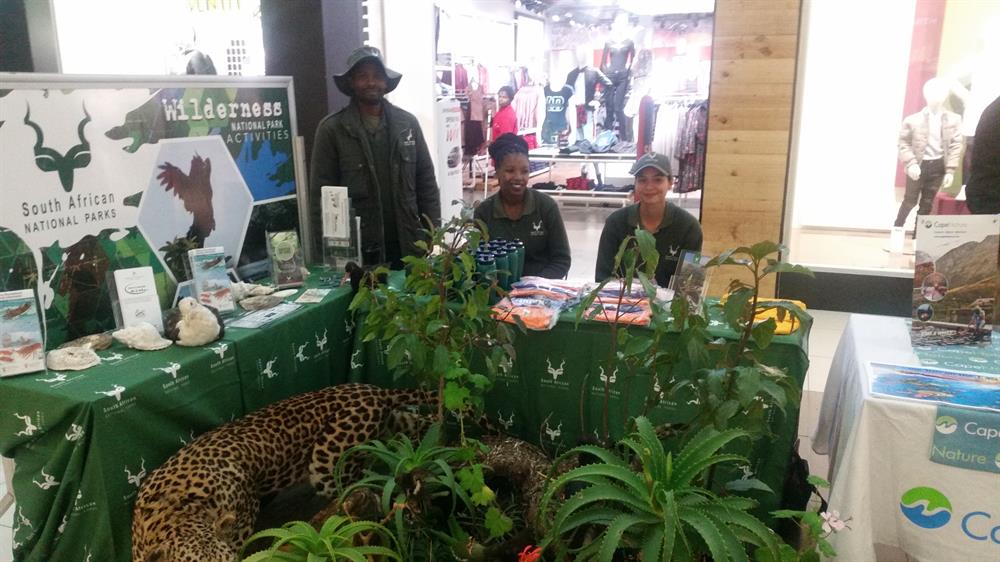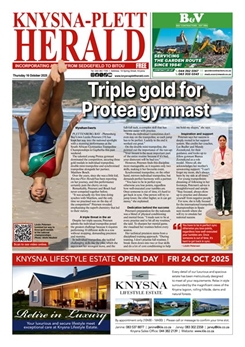KNYSNA NEWS - This year’s theme for World Fish Migration Day on 21 April was "Connecting fish, people and rivers".
The campaign raises awareness on the importance of open rivers and migratory fish. Healthy, productive river systems assist fish migration. Many types of fish undertake migration on a regular basis, on time scales ranging from daily to annual, and with distances ranging from a few metres to thousands of kilometres, to either feed or breed.
Threats to fish procreation
Fish face a number of threats and physical barriers such as structures that make it difficult to move from one location to the next. These structures also have a potential to disrupt the natural flow of rivers, which is critical for fish procreation.
Free-flowing rivers help with water purification, flood mitigation, and pollution control while protecting against storm surges and rising sea levels.
SANParks people & conservation officers joined other organisations at the Outdoor Man exhibition at the Garden Route Mall from 19 to 22 April to raise awareness about the role of national parks in conserving fish species, wildlife, sealife and flora. They also emphasised rules and regulations guiding fishing activities in water bodies in the Garden Route, especially in the national park.

Exhibiting at the Garden Route Mall recently were Jeffrey Sekatane, Veronica Wonga and Megan Ericcson, all from SANParks. Photos: Supplied
Creating a conducive environment
Apart from this campaign, SANParks works with various partners to create a conducive environment for fish to thrive in rivers, estuaries and the sea. These include the removal of invasive alien species in riparian areas to release more water to flow in rivers.
Aquatic scientists research and monitor the conservation of estuarine ecosystems, do long-term monitoring of abiotic and biotic components of aquatic ecosystems as well as the aid the conservation of freshwater fishes.
One recent example of a management intervention to protect fish and improve the quality of water was in the Wilderness Lakes area, where a dredging operation in the serpentine channels could bring the necessary turnaround to negative changes in water chemistry and fish populations that have been observed from long-term monitoring.

The removal of invasive alien species in riparian areas to release more water to flow in rivers is also done.
How to get involved?
• Know the fishery regulations and abide by them. Limit your catch by not catching over your maximum limit.
• Practise catch-and-release.
• Take away everything you brought with you to a fishing spot. That includes fishing line, bait boxes, plastic bags and old tackle.
• Do not buy bait from someone who has harvested it illegally. Insist on checking that they have a valid permit.
• Support organisations working to improve the quality of water bodies.
• Support conservation efforts to protect fish species.
'We bring you the latest Knysna, Garden Route news'
















